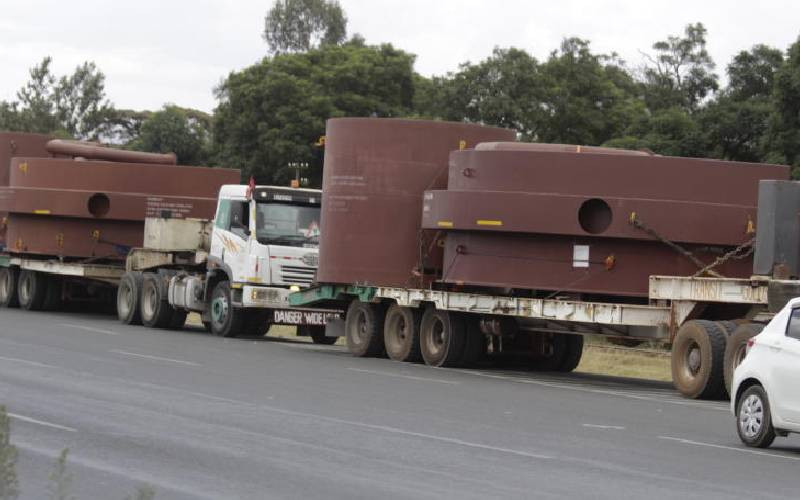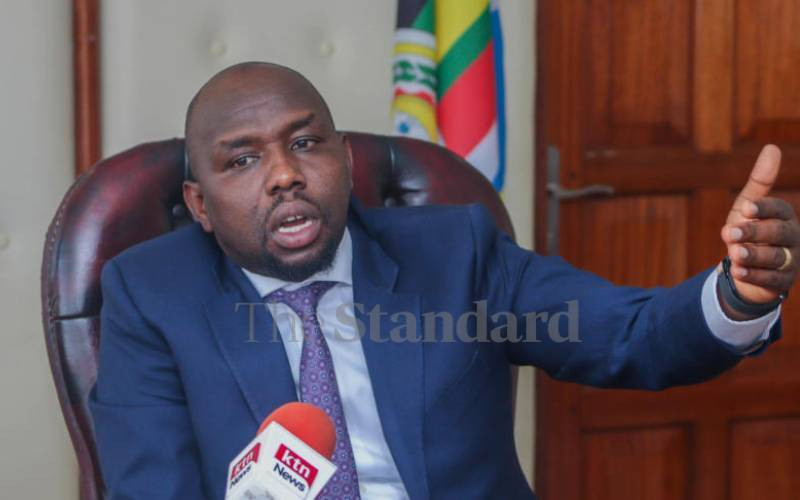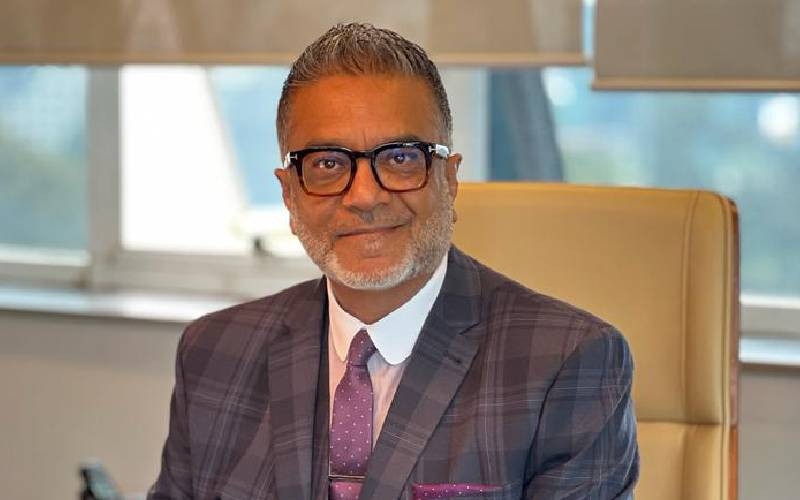Many Kenyans today cannot believe that not long ago you could walk the streets of cities like Nairobi and Mombasa unmolested at any time of day or night.
The most you had to fear was that you would be accosted in a dark alley by a scantily dressed sex worker. Until 25 years or so ago, Nairobi streets were virtually free of muggers while Mombasa was actually a nocturnal town.
I still suffer a twinge of shame to admit that the first time my pockets were picked, it happened not in a city but in a little town not many Kenyans have ever heard of.
Before that day, I had never heard of Muringene either, although many people engaged in the miraa trade will recognise it as an important collection and trading centre for khat in Meru County, from where it is transported by road to markets near and far.
It was the manner in which the herb was and is still transported that aroused my journalistic curiosity.
It was claimed that before a driver was given a pickup truck to deliver a load of miraa, he first had to make a will.
He was also required to partake of large quantities of the herb besides smoking some illegal substances. The reason for this is that his chances of returning alive from a trip that involves negotiating blind bends on two wheels and on the wrong side of the road, flying over bridges and generally driving at speeds that would give a hardened rally driver a heart attack, are virtually nil.
It so happened that before my trip to Muringene, I had spent a weekend in Eastleigh sampling choice products of Kangeta, Mutuati and Laare and listening to stories of the exploits of these drivers as they delivered miraa to markets as distant as Mombasa. At the end of the chewing binge, I was firmly convinced that a trip in one of the chariots of death would provide an award-winning newspaper article.
I was still on cloud nine when I made the proposal to my editor and, for some reason, he bought the story.
The idea was to travel to Maua in Meru and somehow wangle a trip on a miraa van to Mombasa.
The necessary financial arrangements were made and I was soon on my way. Shortly after arriving in Maua town, I saw a man looking at me keenly as if wondering where he had seen me before. Such is the power of suggestion that I also thought he looked familiar and we soon struck up a conversation.
He had seen me somewhere, he said. Could it be Meru town? Nairobi? I offered that it was probably the latter and we decided it must be the latter.
To be specific, the Tea Room area which is a common meeting point for people from my part of the Mt Kenya region. I was soon unburdening my heart to a long lost friend and explained my mission in the area. For the price of nyama choma by way of lunch, the man explained that Muringene was the place to go if I wanted to catch a miraa van to Mombasa.
Helpfully, he knew just the person who could make the arrangements. Muringene is a short distance by matatu from Maua town, and we were soon there. My friend suggested that I could wait in a bar next to the miraa market while he made contact with the person we sought.
While having a drink at the bar counter, my attention was riveted on an entertaining performance next to the jukebox at one corner of the pub.
Stay informed. Subscribe to our newsletter
A striking woman dressed in a trendy skin-tight pair of jeans and high heels was executing impressive moves to music from the juke box, while moving from one end of the room to the other.
That is a sight I least expected in such a backwoods town. My friend was taking rather long and after visiting the toilets, I felt that something was amiss.
It took me a while to realise that my wallet was missing along with all the money for the Mombasa trip. And so was the jukebox acrobat. My ‘friend’ was also nowhere to be found.
How I managed to get back to Nairobi is a story for another day. The postscript to this story is that a couple of months later, my ID and a few documents arrived at the office in an envelope market: Collected at Muringene.
 The Standard Group Plc is a
multi-media organization with investments in media platforms spanning newspaper
print operations, television, radio broadcasting, digital and online services. The
Standard Group is recognized as a leading multi-media house in Kenya with a key
influence in matters of national and international interest.
The Standard Group Plc is a
multi-media organization with investments in media platforms spanning newspaper
print operations, television, radio broadcasting, digital and online services. The
Standard Group is recognized as a leading multi-media house in Kenya with a key
influence in matters of national and international interest.
 The Standard Group Plc is a
multi-media organization with investments in media platforms spanning newspaper
print operations, television, radio broadcasting, digital and online services. The
Standard Group is recognized as a leading multi-media house in Kenya with a key
influence in matters of national and international interest.
The Standard Group Plc is a
multi-media organization with investments in media platforms spanning newspaper
print operations, television, radio broadcasting, digital and online services. The
Standard Group is recognized as a leading multi-media house in Kenya with a key
influence in matters of national and international interest.








